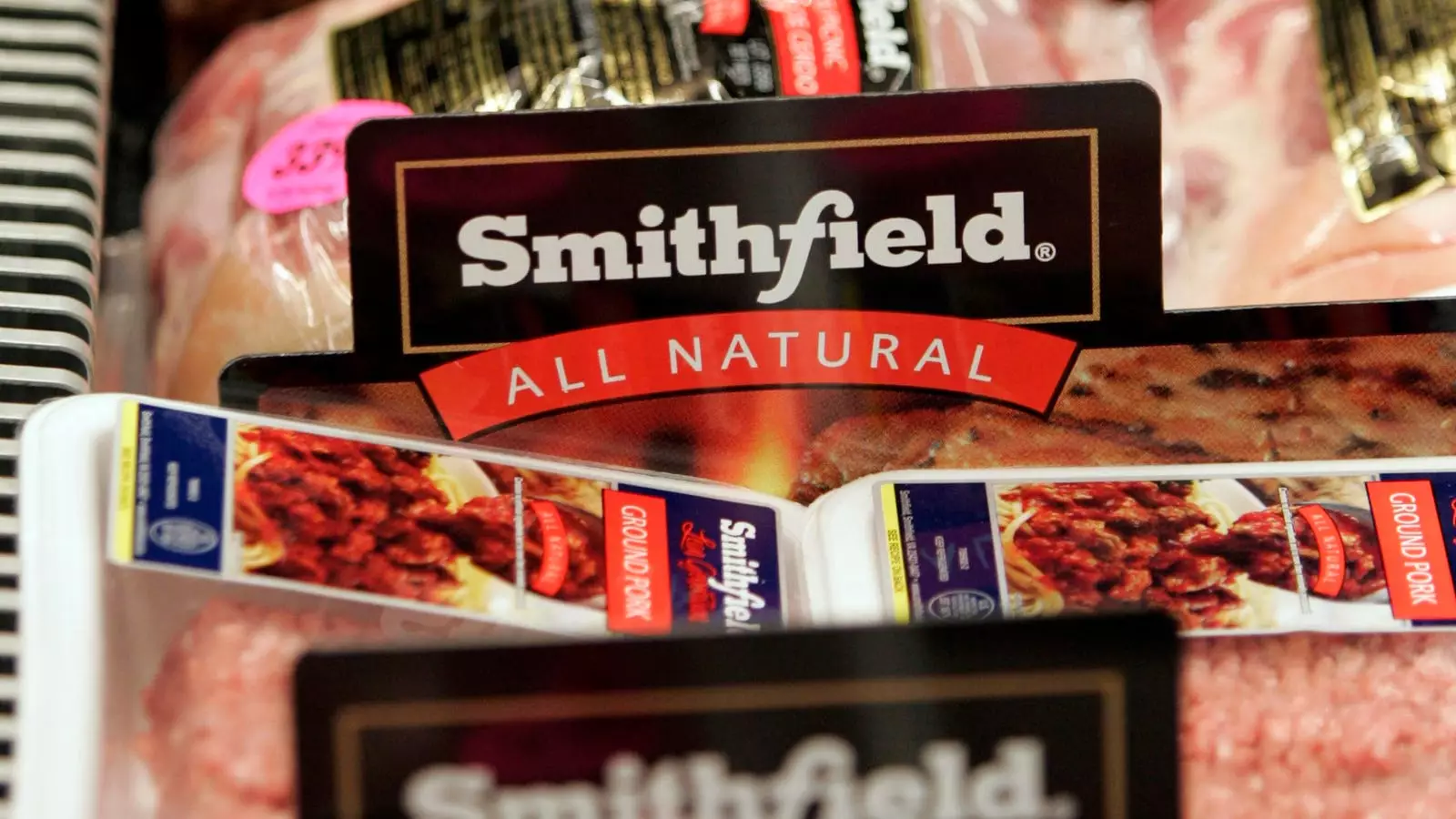This past week in Washington, D.C. exemplified the frenetic pace of political life, bisecting notable events that ranged from administrative shake-ups to high-profile hearings. The abrupt termination of the inspector general at the Department of Agriculture raised eyebrows and questions regarding oversight and accountability within the sector. Meanwhile, the significant confirmation proceedings for Robert F. Kennedy, Jr., sparked a flurry of debates surrounding his controversial stance on numerous issues. Coupled with looming tariffs that could have profound implications for trade policies, it’s a period filled with volatility and uncertainty.
One of the more intriguing narratives amidst this chaos is the impending public spinoff listing of Smithfield Foods, the largest pork processor in the United States. The history of Smithfield’s acquisition by WH Group in 2013 speaks volumes about the globalization of American industries. This deal, valued at a staggering $4.7 billion, marked a groundbreaking moment—the largest purchase by a Chinese company in U.S. history, highlighting the intertwining of global economies.
Interestingly, the initial public offering (IPO) response for Smithfield has reportedly left much to be desired, reflecting broader anxieties about market conditions and investor sentiment in the agri-food sector. Yet, founder Wan Long, who possesses enduring wealth and clout with an estimated fortune of $1.4 billion, may find that patience rewards long-term vision. Investors and analysts alike are left contemplating the broader implications of such corporate maneuvers within an evolving landscape marked by increasing scrutiny and shifting consumer preferences.
In tandem with the corporate maneuvers, changing consumer trends are disrupting conventional markets at an unprecedented pace. People are becoming more conscious of what they eat, prompting shifts towards ethical sourcing and sustainability. With consumers keenly interested in the origin and production practices of their food, companies like Smithfield must strategically navigate these new demands while balancing operational efficiency and profitability.
Moreover, the growing concerns around health and diet due to the pandemic have further shaped how consumers engage with food brands. Enhanced focus on transparency and quality in food sourcing could shift market advantages, giving rise to smaller, more nimble competitors that emphasize local farming and organic offerings.
In sum, the convergence of political upheaval, corporate evolution, and changing consumer expectations presents both challenges and opportunities for agribusiness in America. The instability in Washington not only reflects broader societal debates but also impacts critical industries at multiple levels. As the agricultural sector braces for what lies ahead, one thing is clear: continuous innovation and adaptation will be key in responding to the rapid changes characterizing food systems today.
Stay tuned to sources like Forbes’ Fresh Take newsletter for ongoing insights into the powerful ideas transforming the future of food. It’s essential to remain engaged in these developments, as they can significantly impact what’s on our plates and the economy at large.


Leave a Reply